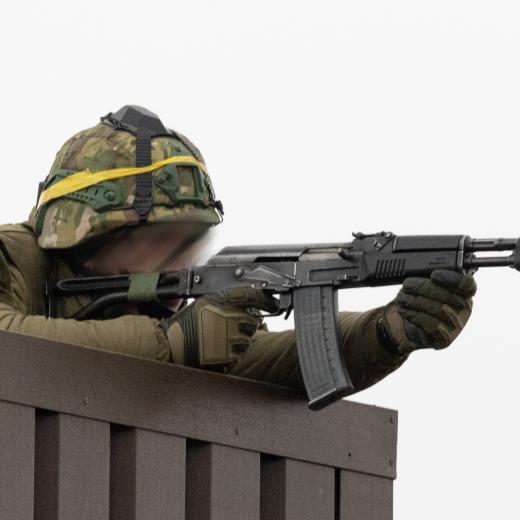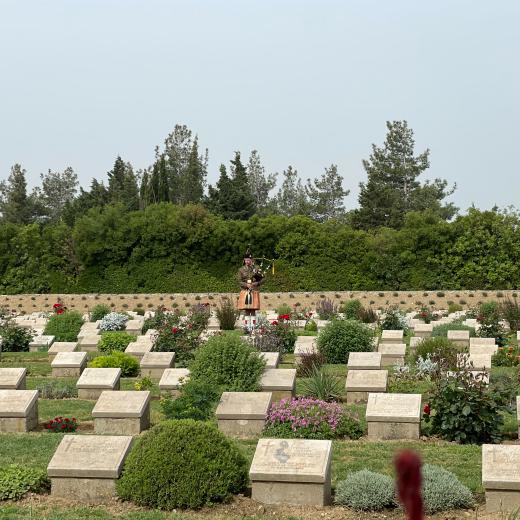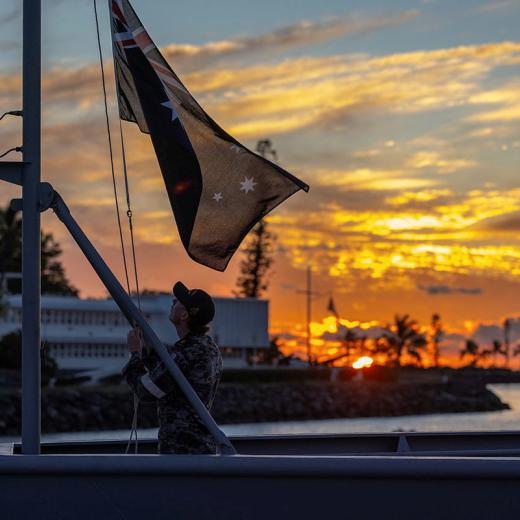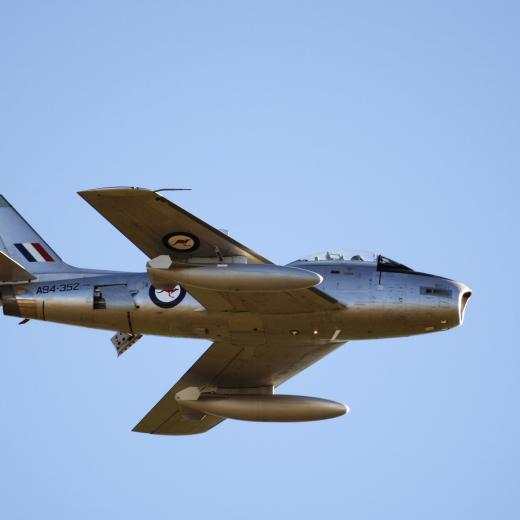BLUF
Carl Spaatz was one of America’s foremost strategic air power thinkers; his experiences in WW1 and command appointments in WW2 and beyond ensured that he could effectively apply theory to practice.Summary
General Carl Andrew Spaatz was a United States Air Power strategist and the founder of the independent air force. Renowned as an unassuming and quiet man, his achievements were an amalgam of his unique experiences, strong convictions and 'doer' attitude. Spaatz's varied career, which contributed to the shaping of Air Power strategy, is detailed in the following points:
- Graduated from West Point as an infantry officer in 1914.
- Transferred to Army Air Service flying school in November 1915, reportedly soloed after only 50 minutes of instruction.
- Main role in WW1 was in-theatre pilot training and Command.
- Combat experience during WW1 was limited to two weeks patrolling the front with two kills recorded.
- Flying experience in WW1 was in Pursuit Aircraft types.
- In recognition of his heroism results, he was awarded the Distinguished Service Cross.
- Post WW1, he continued with pursuit aviation, solved technical and personnel problems and improved tactics.
- He was confirmed as an advocate of air power by supporting BRIG GEN 'Billy' Mitchell's defence in Mitchell's court-martial with strong views on the importance of an independent air force and strategic air power.
- Post WW1 battled Army view that aircraft were meant to back up troops and not focus on bombing supply lines.
- Contradicted Navy view that aircraft were for aerial defence of the nation's coasts.
- He developed the idea that bombers were the essential nucleus for eventual victory, while fighter aircraft could give front-line aid to ground troops.
- Became an advocate of aerial refuelling.
- Mid-1930's, he influenced the design of more armament for bombers to protect themselves.
- In England in mid-1940, he was an observer during the Battle of Britain.
- Developed theory of strategic bombardment with emphasis on precision high-altitude daylight bombing applications.
- By 1942 he Commanded the Eighth Air Force
- Integrated the American and British air operations to overcome coordination problems.
- Changed the mission of bomber escort into a more offensive role.
- Intensified the European bombing campaign with strategic targeting.
- Supported the use of the atomic bomb on Japan
- Post war, he overcame the objections of both Army and Navy in forming an independent air force.
- In 1947 was appointed as first Air Force Chief of Staff.
- He retired in 1948 after setting up the US Air Force.
Spaatz's career spanned from the evolution of air power to the maturation of an independent air force. His leadership in Europe and the Pacific in WW2 proved instrumental in defeating Germany and Japan and demonstrating the utility of strategic air power. His success was shaped, influenced and supported by a cohort of talented strategic thinkers, including Mitchell, Arnold, Doolittle and Eaker.
References
- Air Force Military ‘General Carl A Spaatz’.
- Media Defence. 'Carl A Spaatz and the War in Europe'
- Atomic Heritage Organisation ‘Carl Spaatz, General, United States Air Force, Tinian Island’.
- America Air Museum in Britain. 'Carl Andrew Spaatz'
- World War 2 Database.'Carl Spaatz'
- Imperial War Museum. ‘General Carl Spaatz: Commanding US Air Force in Europe'
- Jul 1974. New York Times. 'General Carl A Spaatz, 83, Dead. First Air Force Chief of Staff'
- Jul 2019. Thought Co. 'World War II: Carl A Spaatz'
- Dec 2000. Air Force Magazine. 'Spaatz'
- 2021. Military Com. Carl Spaatz





